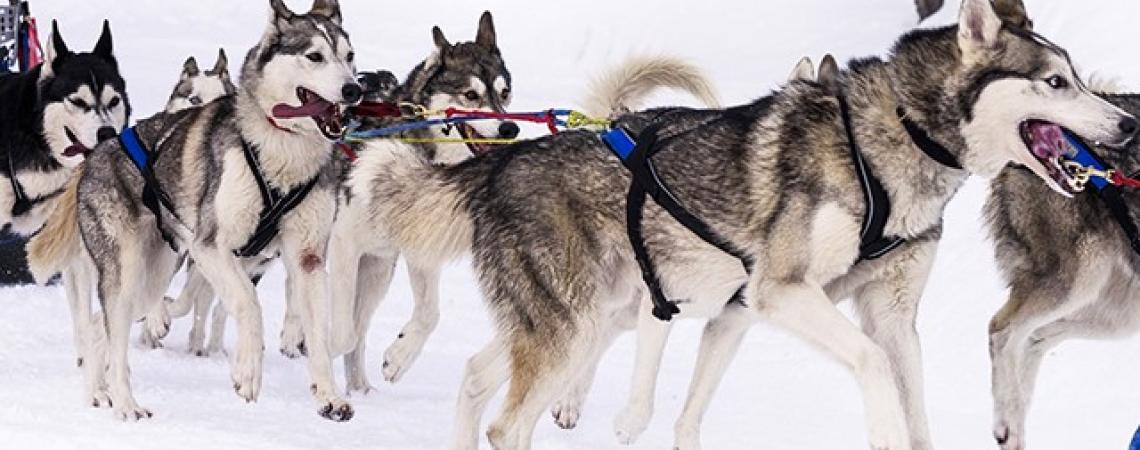The relatively mild winter this year in Ohio would hardly make a person think about dog sledding. Yet Ohio does have a connection with the famed Iditarod sled dog race, held annually during March in Alaska. The Iditarod race is named for the Iditarod trail that was originally used for getting mail and supplies to the interior of Alaska and bringing out gold, which was being mined by prospectors trying to make their fortune.
The original trail went from Seward to various places in the interior and covered some of the most beautiful terrain in Alaska. The Iditarod race is 1,000 miles of that same type of terrain, but with some of the worst weather and trail conditions anyone could imagine, including blizzards, extreme cold, water and ice hazards — and even marauding moose! How is this connected to Ohio?
In January 1925, there was a diphtheria outbreak in Nome, Alaska. Serum for diphtheria was available in Seattle, Washington, but the only airplanes anywhere close were disabled by mechanical and weather problems. Since the serum couldn’t be flown, it was first moved by railroad to Nenana, Alaska. There, the first of a group of dog sleds in relay set out for Nome with the serum.
On February 2, 1925, Norwegian musher Gunnar Kaasen drove his team, led by a dog named Balto, into Nome. Balto was a six-year-old black and white Siberian husky with white “socks, bib and muzzle,” named after the explorer Samuel Balto. The serum was delivered and the population saved. Balto had proven to be invaluable on the Iditarod trail, saving the team in the Topok River and leading them relentlessly in blizzard and whiteout conditions. Most of their leg on the relay was during darkness. Balto and the team were actually supposed to do the next-to-last leg of the relay. But when Kaasen, Balto and the team arrived to make the handoff, the receiving team and the musher were sound asleep. Kaasen made a decision to go onward to Nome.
Balto and Kaasen became celebrities and a statue depicting Balto was erected later that same year in December in New York’s Central Park. The inscription reads: “Dedicated to the indomitable spirit of the sled dogs that relayed antitoxin 600 miles over rough ice, treacherous waters, through Arctic blizzards from Nenana, to the relief of stricken Nome in the winter of 1925.”
But things went downhill for the dogs. Balto and the team were sold by a private company that had sponsored their touring. Kaasen, the musher, was not the owner. Balto and the team ended up in a novelty museum in Los Angeles.
A Cleveland businessman saw Balto and the other dogs and noticed that they were in poor health and being kept in deplorable conditions. Working with the Cleveland Plain Dealer newspaper, the businessman —George Kimble — purchased the dogs and brought them triumphantly to Cleveland in March 1927. The team received a hero’s welcome and a parade. The dogs’ new home was the Brookside Zoo, now the Cleveland Metroparks Zoo. The dogs lived there in comfort the rest of their days. Balto died on March 13, 1933, at the age of 14. His remains were immortalized by a taxidermist. Balto’s body is still located in Ohio and can be seen at the Cleveland Museum of Natural History.
In 1998, the State of Alaska tried to get Balto returned, even going so far as passing a resolution to that effect. He was not returned, although he was lent to the Anchorage Museum of History for five months. Balto has further been recognized as the main character of the animated film Balto, in which actor Kevin Bacon provided the dog’s voice.
Balto was a hero to a generation of people. He wasn’t the only dog in a race against time and dangerous conditions, but he was, perhaps, the most important. He is certainly the most famous.
Wayne Stephens of Wooster is a member of Holmes-Wayne Electric Cooperative.









